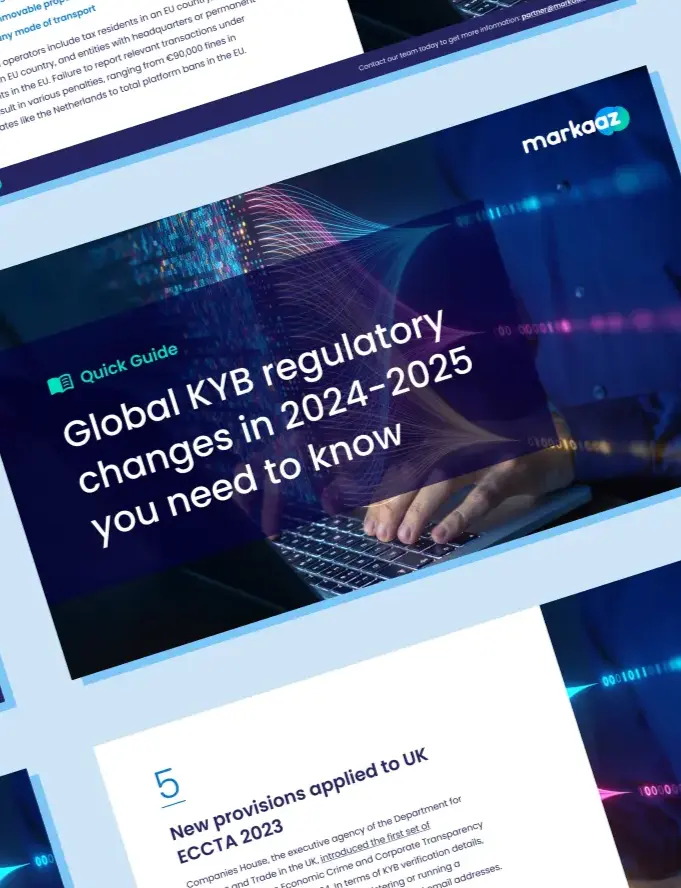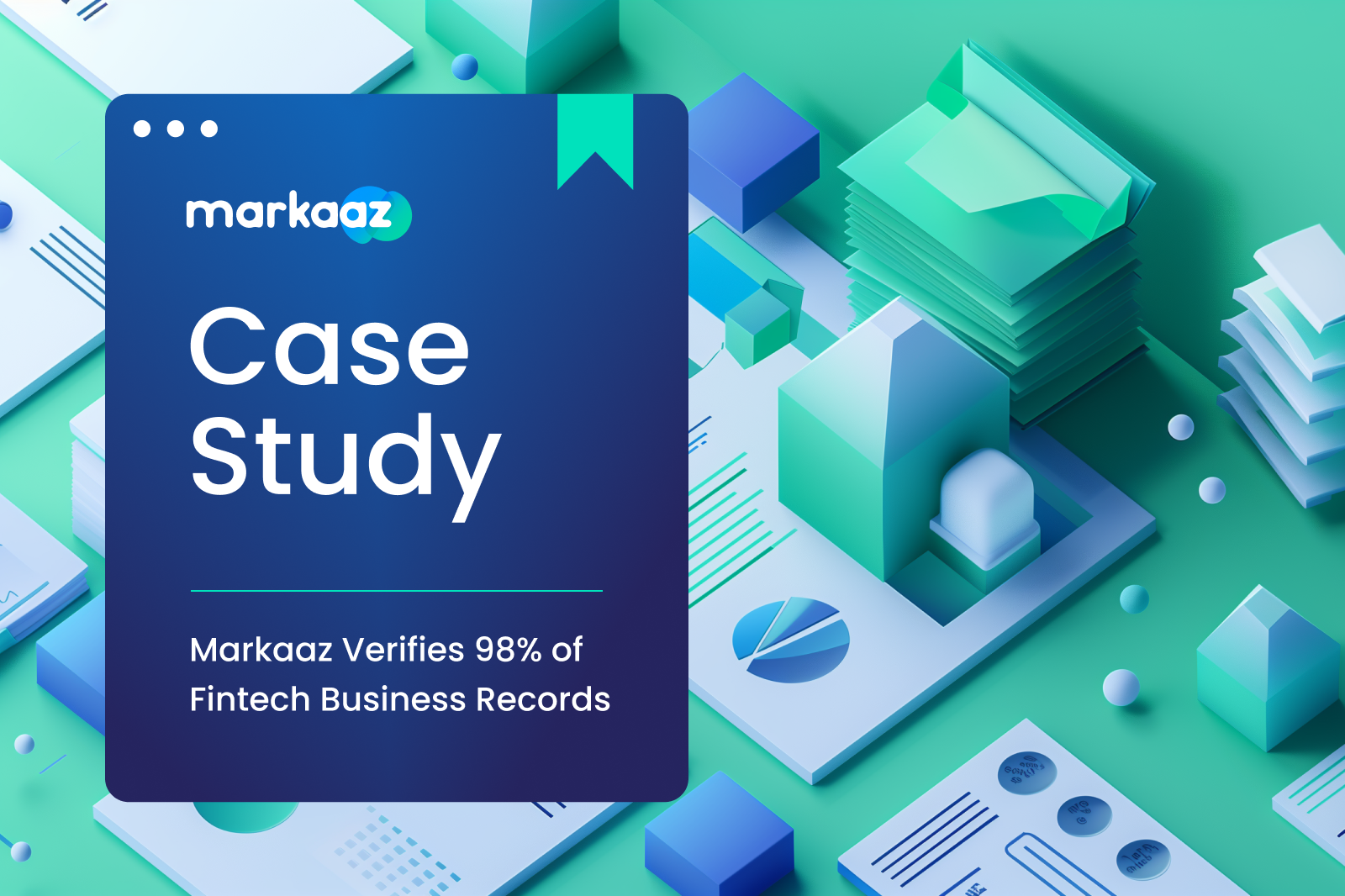In today’s global landscape, financial institutions operate on a vast scale. They serve customers from diverse backgrounds and deal with international transactions daily. While this unlocks tremendous opportunities, it also exposes these institutions to significant financial risks and compliance violations. To reduce risks and follow global rules, banks need to use strict screening methods and advanced screening tools.
The following are some best practices and solutions that are crucial for safeguarding your financial institution.
Understanding sanctions screening
Sanctions screening identifies individuals, entities, or countries that have economic restrictions imposed on them by governments, international organizations, or regulatory bodies. These sanctions typically come about in response to things like terrorism, money laundering, or other illegal financial activities. Complying with sanctions screening rules isn’t just a legal requirement – it’s a vital part of managing risks and safeguarding reputations.
Sanctions screening best practices
1. Know Your Business (KYB)
Effective sanctions screening starts with robust KYB verification procedures. Know who your business partners and clients are, understand their financial activities, and regularly update their profiles. This knowledge forms the foundation for effective sanctions screening.
2. Automated screening
Manual screening processes are prone to errors and can be inefficient. Implement automated screening solutions that can scan your entire business partner and client database and transaction history in real time. Automation ensures that nothing slips through the cracks.
3. Risk-based approach
Not all business partners and clients pose the same level of risk. Implement a risk-based approach to sanctions screening, where high-risk partners and clients undergo more thorough scrutiny. This allows you to allocate resources more efficiently and focus on the areas that matter most.
4. Continuous monitoring
Sanctions lists are dynamic and can change frequently. Implement continuous monitoring to stay updated with the latest sanctions and watchlists. This ensures that your institution is always in compliance.
5. Staff training
Your employees play a crucial role in sanctions screening. Provide them with regular training and make them aware of the importance of compliance. Encourage a culture of compliance throughout your organization.
6. Documentation and reporting
Maintain comprehensive records of your sanctions screening processes. Having proper documentation in the case of an audit can demonstrate your commitment to compliance. Additionally, ensure that you have a robust reporting system in place for suspicious activities.
Types of sanctions screening
When implementing sanctions screening practices, it’s important to consider the various types of sanctions screening:
1. Entity screening
Entity screening involves checking the names of companies, organizations, or legal entities against sanctions lists. Government agencies like OFAC or the UN Security Council maintain these lists.
2. Transaction screening
Transaction screening involves monitoring financial transactions in real time to identify suspicious activities. It includes screening for unusual transaction patterns, large cash transactions, or transactions involving high-risk countries.
3. Ownership screening
Ownership screening involves verifying the beneficial ownership of entities with which you conduct business. This reveals hidden ownership structures that individuals may use for illicit purposes.
4. Country screening
Country screening involves assessing the risk associated with conducting business in specific countries. It considers factors like political stability, economic conditions, and regulatory environments.
5. Ownership screening
Beyond checking the names of entities and individuals, this screening delves into the ownership and control structures of businesses. It ensures that a sanctioned individual or entity does not have an indirect interest or influence in a non-sanctioned entity.
6. Watchlist screening
Watchlists include names and information about individuals, groups, vehicles, planes, and other entities. These entities may pose a risk because of activities such as rule-breaking, criminal behavior, cheating, terrorism, or suspicious behavior. This includes terrorist watchlists, Anti-Money Laundering (AML), Politically Exposed Persons (PEP), and adverse media lists.
Sanctions screening software and solutions
Invest in trustworthy software to check if your business partners and clients are on any sanctions lists. These tools can help reduce false positives and improve screening accuracy.
Different types of sanctions screening solutions will offer:
List-checking software:
These are basic software tools that allow organizations to check names and entities against government-issued sanctions lists and watchlists. Typically, you can include standalone list-checking software or plugins that integrate into existing systems. Typically, people use them for entity and individual screening to ensure compliance with specific sanctions regulations.
Automated screening systems:
Automated screening systems go beyond simple list-checking and offer more advanced features. They can handle real-time screening of transactions, customers, and counterparties. These systems often include configurable risk scoring, alert generation, and reporting capabilities. Financial institutions and large corporations commonly use automated systems.
Compliance management platforms:
Comprehensive compliance management platforms provide a wide range of features beyond sanctions screening. They encompass anti-money laundering (AML), know-your-customer (KYC), and other regulatory compliance functions.
These platforms may include risk assessment, customer due diligence, case management, and audit trail capabilities. Organizations with complex compliance needs and regulatory requirements often use them.
Risk-based screening systems:
Risk-based screening systems assess the level of risk associated with specific entities or transactions. They consider factors such as geographic risk, transaction value, and business relationship. These systems help organizations prioritize screening efforts and allocate resources effectively.
Real-time transaction monitoring:
Some solutions focus specifically on monitoring transactions in real-time to detect potential sanctions violations. They can automatically flag suspicious or high-risk transactions for further investigation. These solutions are critical for financial institutions to prevent money laundering and fraud.
API Integrations:
Many sanctions screening solutions offer APIs (Application Programming Interfaces) that allow organizations to integrate the screening process into their existing systems. API integrations enable seamless data sharing between compliance systems, customer databases, and other business applications.
Cloud-based solutions
Cloud-based sanctions screening solutions offer the advantage of scalability, flexibility, and remote access. Organizations can access and update sanctions lists and conduct screenings from anywhere with an internet connection.
Open-source tools:
Some organizations choose to use open-source sanctions screening tools and adapt them to their specific needs. Open-source solutions can be cost-effective but require technical expertise to implement and maintain.
Geospatial screening solutions:
Geospatial screening tools help organizations assess the geographic risk associated with transactions, assets, or counterparties. They use location data to identify potential exposure to sanctioned regions or territories.
Machine learning and AI-based solutions:
Advanced solutions leverage machine learning and artificial intelligence (AI) to improve accuracy and reduce false positives. These systems can analyze vast amounts of data and adapt to evolving sanctions lists and patterns of illicit activity.
Blockchain-based solutions:
Some emerging solutions use blockchain technology to create immutable records of transactions and entities, enhancing transparency and traceability for sanctions compliance.
Bring better sanctions screening to your company
Sanctions screening is a must for financial institutions to safeguard their reputation and follow global rules. By implementing these best practices and leveraging advanced sanctions screening solutions, your company can effectively mitigate risks, avoid costly penalties, and contribute to a safer global financial ecosystem. Compliance is not just a box to tick; it’s an ongoing commitment to ethical and responsible financial operations.
Contact us today to learn more about our business and compliance monitoring solutions.



